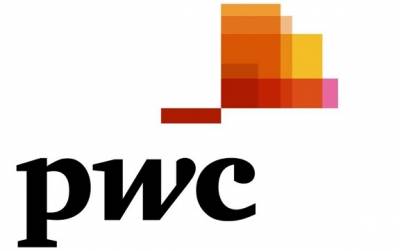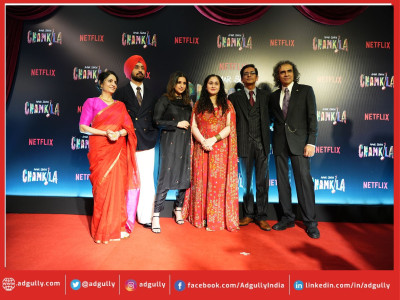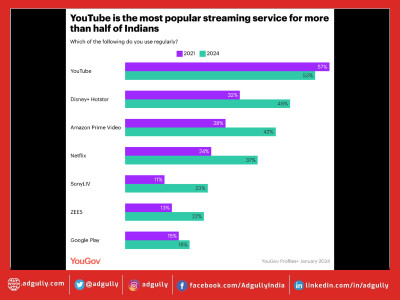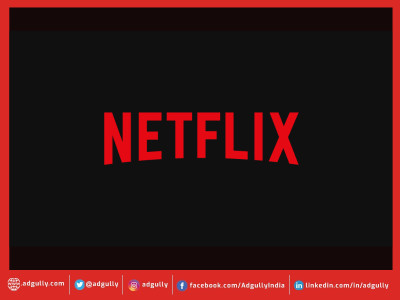India's M&E industry to clock over $40,000 mn by 2020: PwC Report
India’s entertainment and media sector is expected to grow steadily over the next four years as per PwC’s Global Entertainment & Media Outlook 2016-20. The industry is expected to exceed $40,000 million by 2020, growing at a compound annual growth rate (CAGR) of 10.3 per cent between 2016 and 2020.
Frank D’Souza, Partner & Leader - Entertainment & Media, PwC India, commented, “Given India’s overall growth in GDP and PCI, it is not surprising that India is amongst the top 10 markets for growth in the Sector. Although, in India traditional media like newspaper publishing and cinema has always shown strong growth, we expect that even in terms of absolute total dollar spend, it should get into the top 10 in the early part of the next decade. What would be more interesting, however, is how rapidly India would catch up with global trends, where traditional media is finding it hard to remain relevant, and the digital sector is leading the growth trajectory and consequently bringing in continuous disruptions. That will all depend on how quickly the Indian digital/ broadband ecosystem matures, and how the Indian players adapt and drive business models in what would be a rapidly changing environment for consumption of data/ content fashioned largely by India’s under 35 population.”
Key highlights
Cinema: China expected to be close to overtaking India as the biggest cinema market by 2020
In terms of admissions, India is currently the biggest cinema market in the world. It will remain so until the end of the forecast period, although China is expected to be close to overtaking it at that point. In 2015, admissions were at an estimated 2.04 billion, and in 2020 are predicted to be at 2.80 billion, rising at a 6.6 per cent CAGR. Box office revenue in India stood at an estimated $1.64 billion in 2015 and will rise to $2.74 billion in 2020 at a 10.9 per cent CAGR. There is still considerable room for expansion. In terms of multiplexes, India remains underserved. At the end of 2014, there were around 11,200 screens in the country as a whole – a small number given the population and the appetite for cinema-going. The thousands of single-screen cinemas that have traditionally dominated are beginning to disappear as a result of the multiplex boom. Multiplexes will provide better facilities – and should allow exhibitors to raise prices, within limits.
Internet Advertising: Cost-conscious advertisers embrace paid search
Paid search Internet advertising revenue is, and will continue to be, India’s largest Internet advertising sub-component over the forecast period. Paid search grew 26.7 per cent year-on-year in 2015, reaching revenue of $211 million. With a forecast of 18.5 per cent CAGR over the next five years, paid search Internet advertising revenue will rise to $492 million by 2020. Online spend on display ads in India has witnessed strong growth in the historic period and revenue has almost tripled since 2011, reaching $200 million in 2015.
TV Advertising: Digital upgrades are focused primarily on the cable and satellite sectors
Indian TV advertising revenue has consistently grown throughout the global recession and India will be one of only seven countries to achieve double-digit growth over the forecast period at an 11.7 per cent CAGR. This will generate revenue of $5.54 billion in 2020, compared to $3.19 billion in 2015. The pace at which TV’s reach has increased is seeing a shift in overall advertising budgets towards television. With no DTT (Digital Terrestrial Television) launch, TV advertising revenue is driven primarily by the subscription sector. Multi-channel TV advertising revenue reached $2.91 billion in 2015 and will grow at a 12.1 per cent CAGR to generate revenue of $5.13 billion in 2020.
Publishing: Indian publishing growth bucks global trend
Where global trends in magazine, books and newspaper publishing combined are at a near flat or negative growth trajectory, Indian publishing remains one of the fastest growing the world. Demographics, ever increasing literacy rates, educational needs, and strong desire to consume news and content in local languages, combined with nascent digital/ broadband penetration, would fuel the growth and keep it relevant over the 2016-20. In 2015, the overall publishing revenues were at $6133 million, an increase of $302 million over 2014.
Five key shifts emerge amid the continuing disruption globally
Shift 1: Demography – Youth will be served
PwC’s analysis of national entertainment and media markets globally reveals an almost perfect correlation between the relative size of the under-35 population and growth in entertainment and media spending – confirming that younger consumers are now the primary drivers of global growth.
Shift 2: Competition – Content is still king
In a world where Netflix can launch in 130 new countries in a single day, it’s easy to assume that content is becoming more globally homogeneous. But the reality is that content is being redefined by forces of globalisation and localisation simultaneously – and that while much of the industry is growing more global, content tastes and cultures remain steadfastly local.
Shift 3: Consumption – The joy of bundles
The ability for consumers to design and curate their own media diet has been one of the most powerful trends to emerge in the industry. But the bundle is far from dead, with video and cable incumbents – which were initially slow off the mark – now fighting back by offering their content on an integrated omnichannel basis, on TV, laptop, tablet, and smartphone.
Shift 4: Geography – Growth Markets
Generally, entertainment and media companies had one set of expectations about developed markets (slow growth, low regulation, easier to access) and another about developing markets (rapid growth, high regulation, harder to access).
Shift 5: Business models – Transforming with trust
Today’s entertainment and media market includes technology companies racing to become hybrid content companies, and traditional publishers evolving the other way to emerge as hybrid technology companies. This underlines how the growth of technology and digitisation is acting as a centripetal force – breaking up existing relationships; pushing large, generalist entities to give way to smaller specialists; and allowing smaller, nimble competitors to beat out incumbents.
PwC’s 17th annual edition of the Global Entertainment and Media Outlook 2016-2020 is a comprehensive online source of global analysis for consumer and advertising spend. With like-for-like, five-year historical and five-year forecast data and commentary across 13 industry segments in 54 countries, the Outlook makes it easy to compare and contrast consumer and advertising spend across segments and countries.
Segments covered by the Outlook are TV and video, TV advertising, Internet advertising, Internet access, Radio, Out-of-home advertising, Video games, Cinema, Newspaper publishing, Magazine publishing, Business-to-business, Book publishing and Music.

















Share
Facebook
YouTube
Tweet
Twitter
LinkedIn